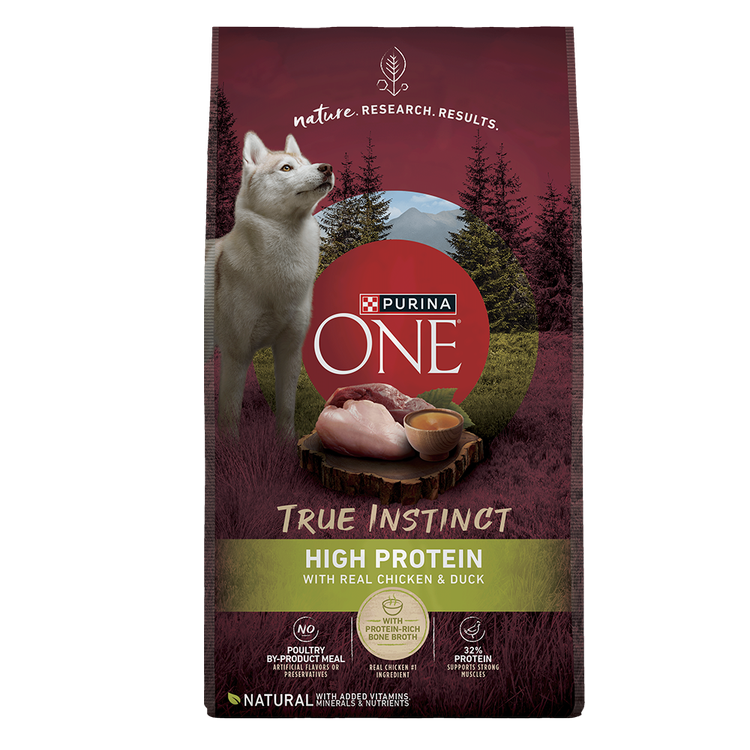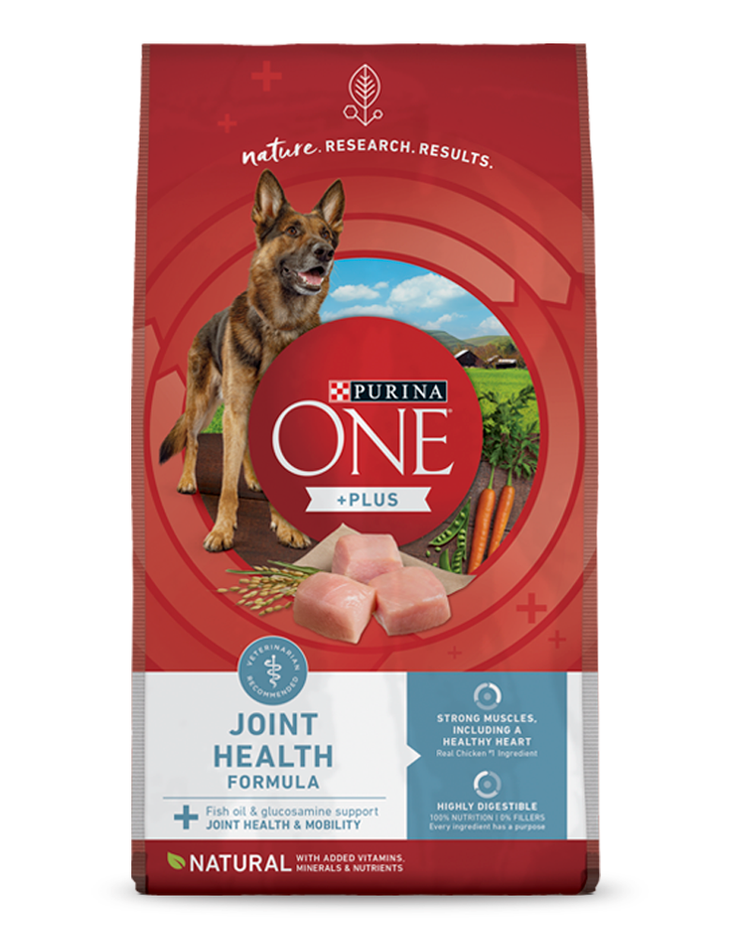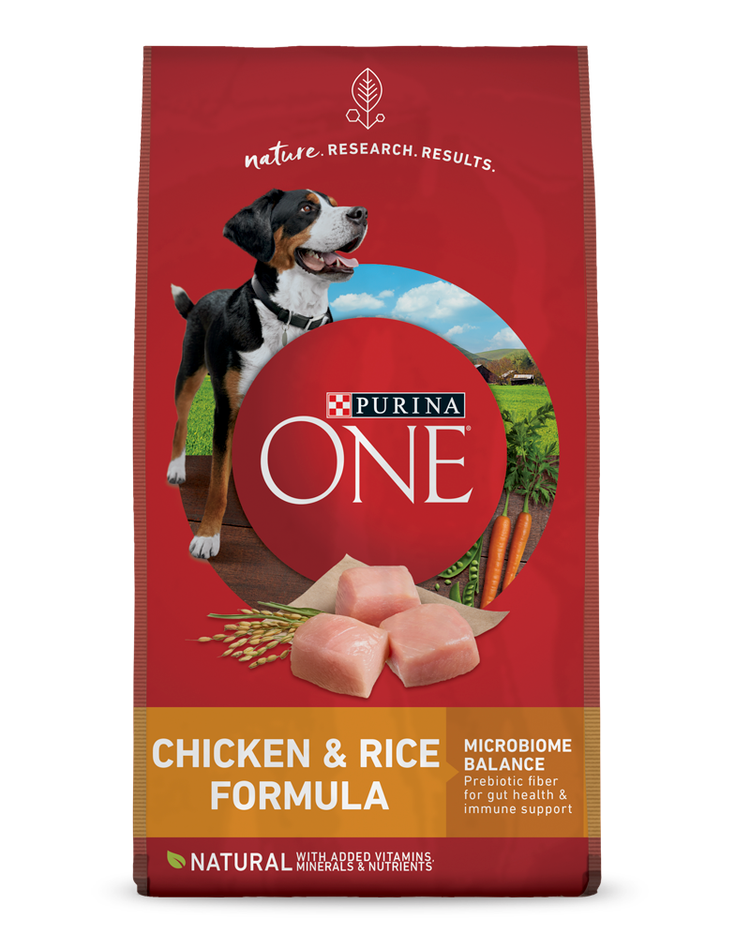Shiba Inu

- Size:Small
- Height:13.5 to 16.5 inches
- Weight:17 to 23 pounds
- Coat:Short
- Energy:Medium
- Activities:Conformation, Agility, Hunting, Tracking
Shiba Inus catch your eye with their prick ears, curled tail and stunning soft coat. They are an independent, loyal and compassionate breed that excels as a companion.
Temperament
The Shiba Inu is active, alert and attentive.
Characteristics
Shiba Inus are a bold, confident dog, bred as hunters who excel as both a watchdog and friend.
They are energetic and love to go on walks. This breed is not overly hyper or destructive but still enjoys daily exercise.
Don’t trust a Shiba off leash unless in a confined area because they are curious hunters who aren't likely to "stay".
Shibas are quickly housebroken, which is a big plus for their families. This small dog is adaptable and enjoys life in the city or country.
Lifespan
13 to 16 years
Colors
Shiba Inus can come in black and tan, cream, red and red sesame. They often have white markings.
Shedding
Shiba Inus shed a lot. It’s said they shed twice a year, but some owners joke each shedding season lasts 6 months. Brushing, combing or even blowing the dog with a blow dryer can remove loose hair and reduce the amount of hair shed around your home.
Health
The Shiba Inu has some unique health issues. In addition to their risk for vision problems like cataracts and joint problems like hip dysplasia, they may also suffer from inhaled allergies that cause excessive itching.
Best Dog Food For Shiba Inus
When it comes to choosing the best dog food for your Shiba Inu, it’s important to take his unique breed traits into consideration. Since Shiba Inus are a smaller breed, a dog food formulated for small dogs is a good choice to help maintain their ideal body condition.
These foods include:
- Purina Pro Plan Specialized Small Breed
- Purina Pro Plan Essentials Small Breed
- Purina Pro Plan FOCUS Small Bites
- Purina Dog Chow Little Bites for Small Dogs
Best Dog Food For Shiba Inu Puppies
When choosing a food for your Shiba Inu puppy, remember puppies of any breed have specific nutritional needs during their time of development. A formula containing DHA nourishes brain and vision development. Antioxidants help support their developing immune system, so they thrive during their first year of life.
The following foods meet the needs of a growing puppy:
- Beneful Healthy Puppy
- Purina Puppy Chow
- Purina One SmartBlend Healthy Puppy
- Purina Pro Plan Specialized Small Breed Puppy
History
The Shiba Inu is a newer breed to the U.S. after being imported by a military family in 1954. This dog has a long history in Japan, however, where it was bred to hunt as early as 300 B.C.
By the end of World War II, the breed was nearly extinct, but they are now one of the most popular breeds in Japan today.
Facts
- Shiba Inus are an ancient Japanese breed.
- They began as hunting dogs because they were good at flushing birds and small game out of brush.
- Shiba Inus are one of the most popular breeds in Japan.
- No one knows where the Shiba Inu got his name. “Inu” means "dog" in Japanese but “shiba” means "brushwood”. Some assume the breed was named for the terrain it on which it hunted. Others believe it’s because their coat resembles the color of brushwood. Some even wonder if Shiba is a nod to the dog’s size, as an obsolete meaning is "little".


